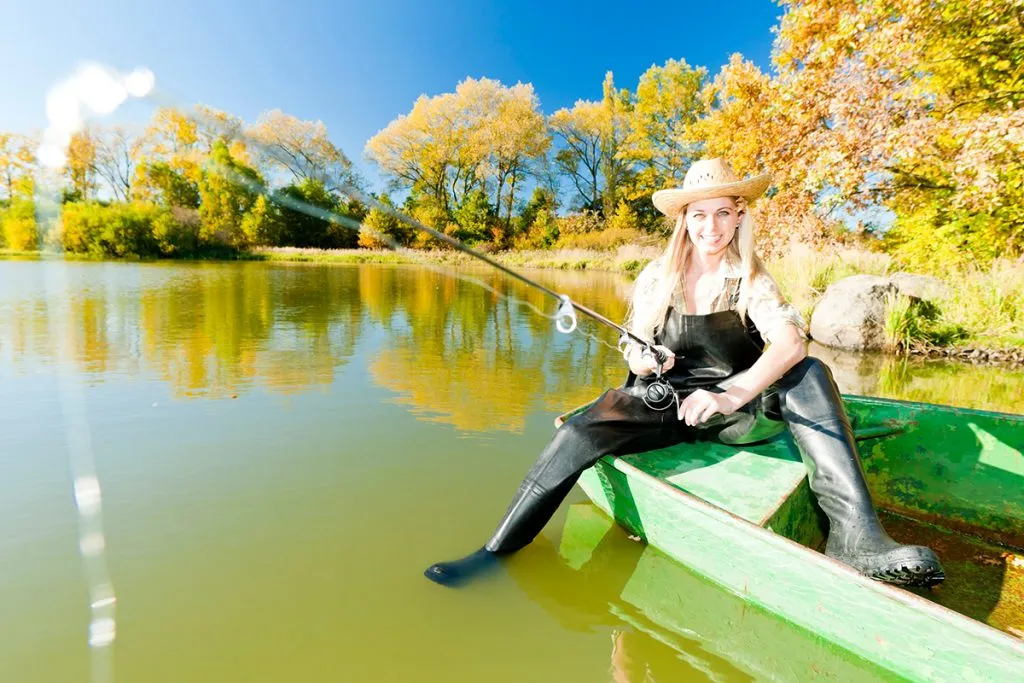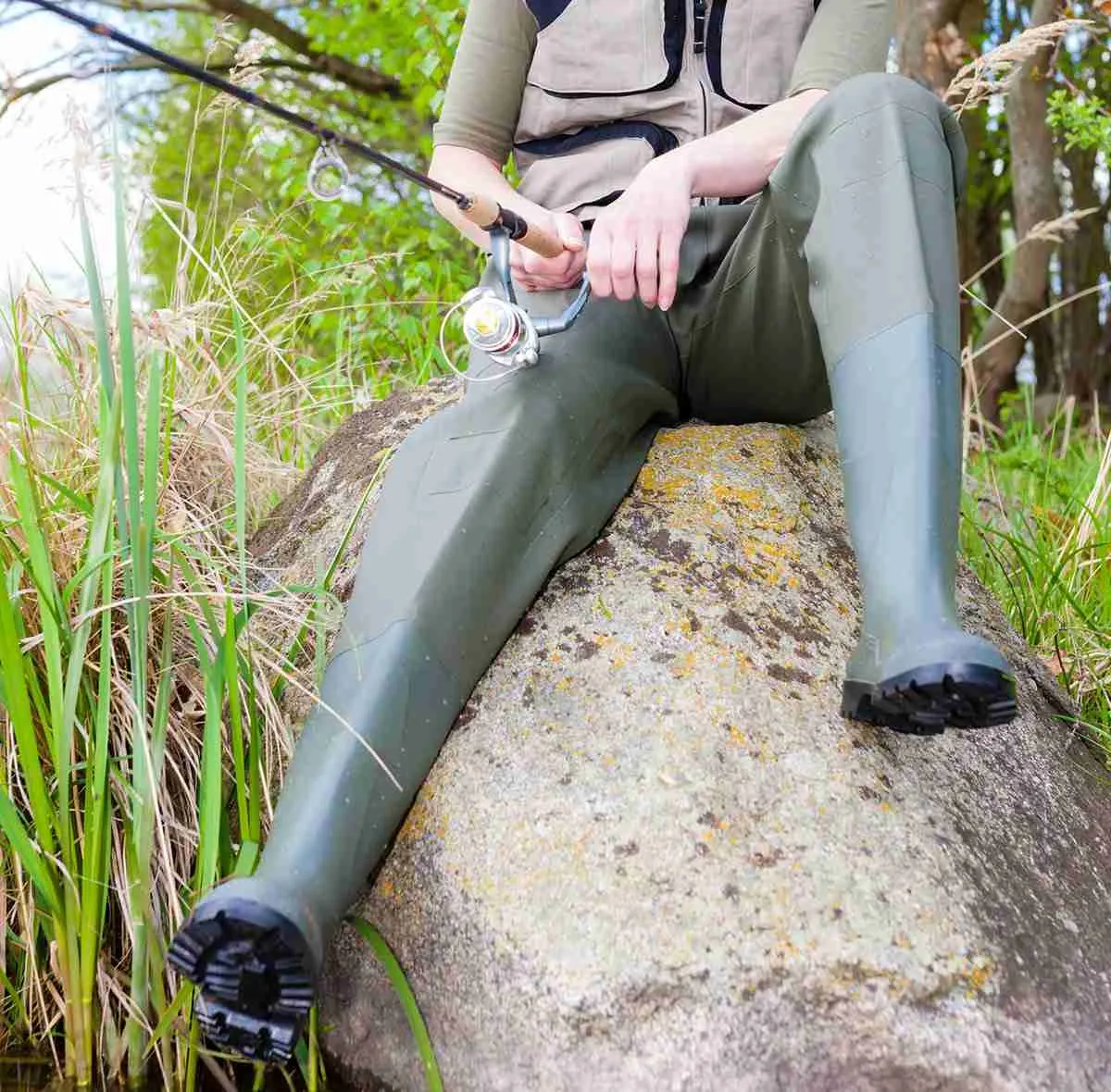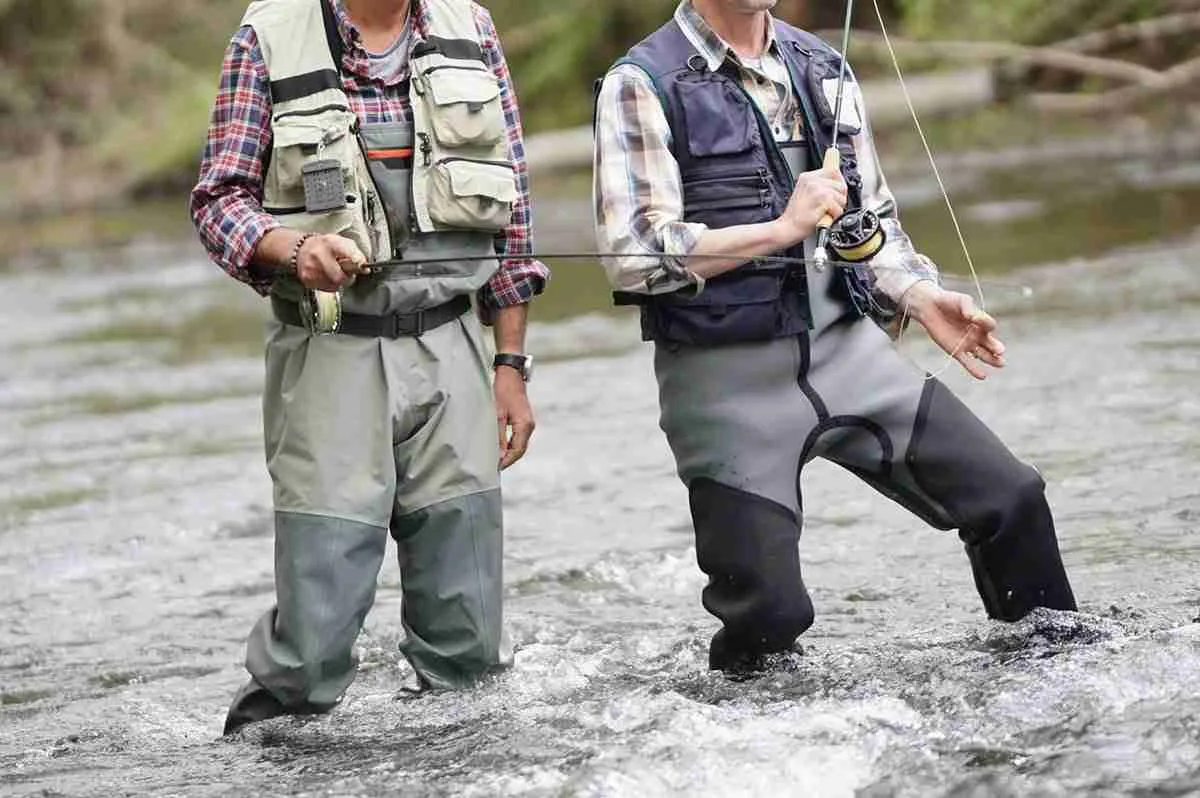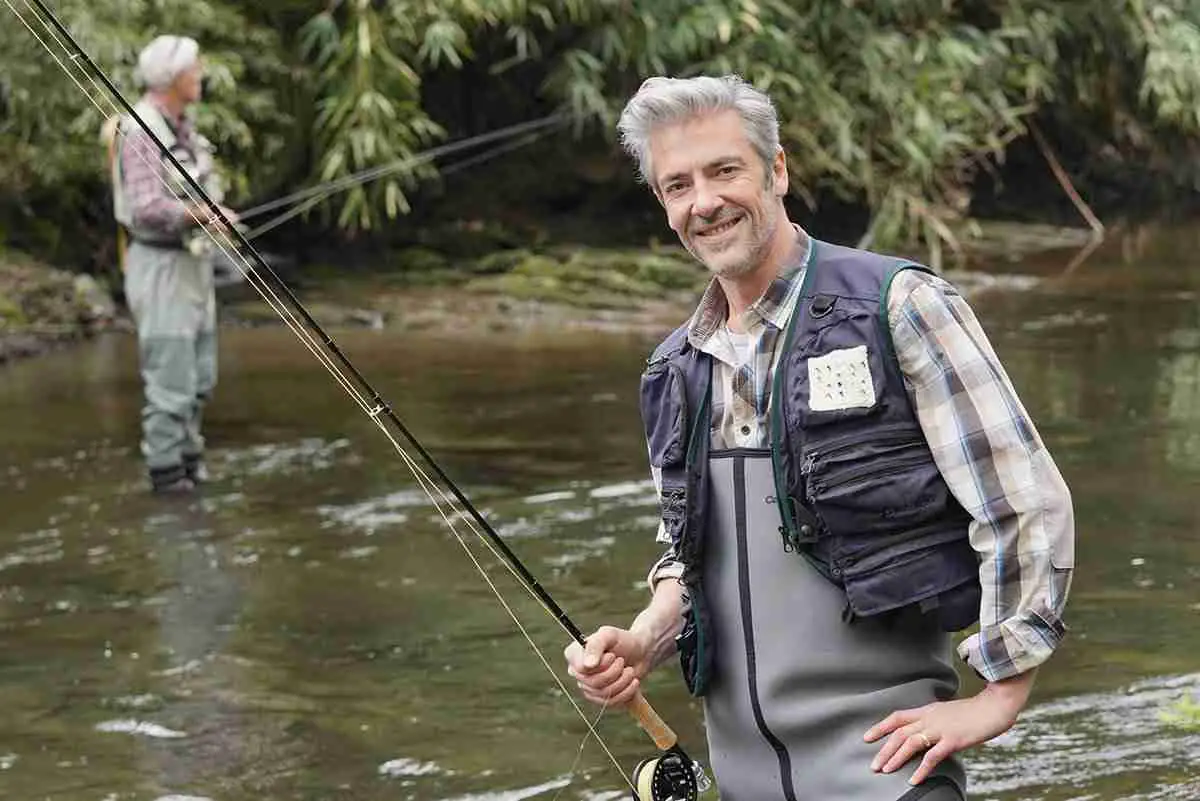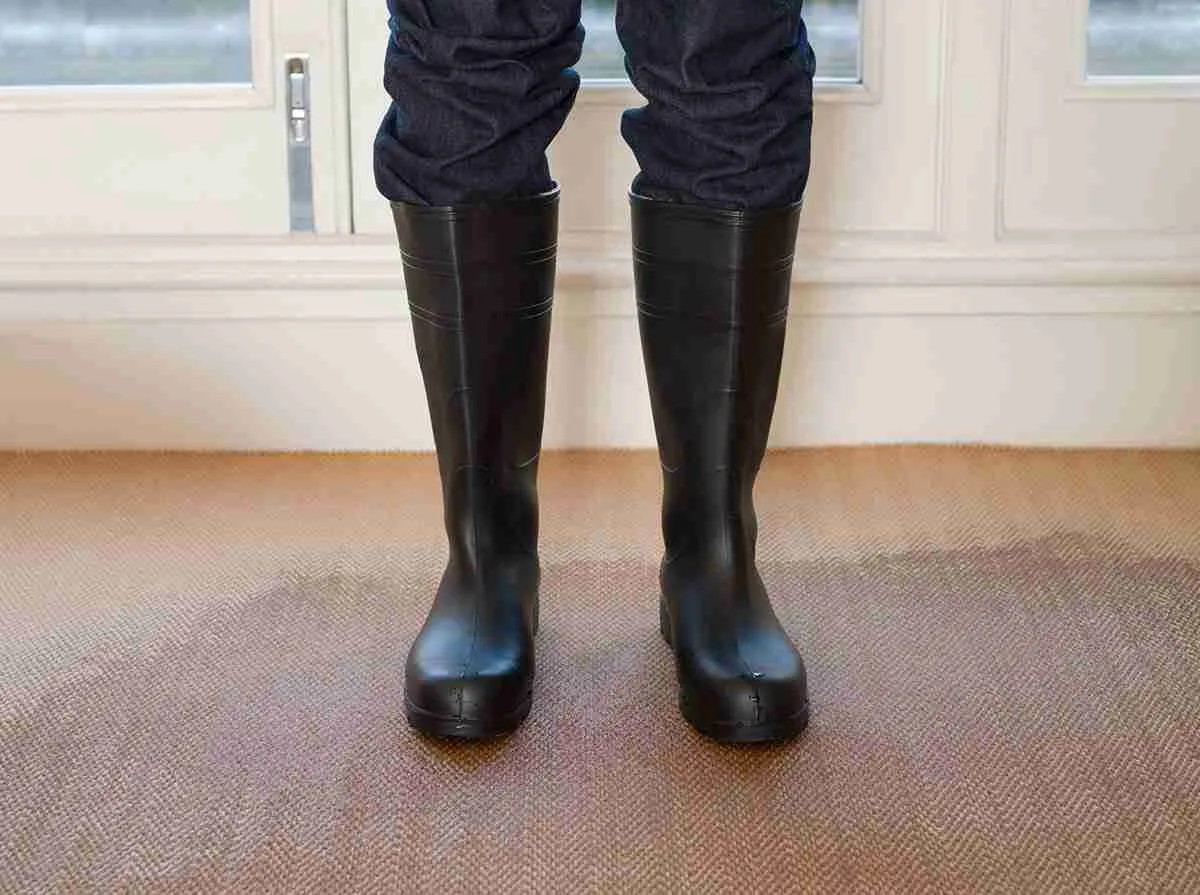Safety is paramount when boating, especially if you’re not a confident swimmer. Choosing the right clothes and gear to wear is an essential element of boat safety—you should carefully consider what’s safe and unsafe to wear on boats. For instance, is it safe to wear waders on a boat?
It’s safe to wear your waders on a boat, during launching, and while on it. But if you fall overboard, waders may fill with water, limiting your capacity to swim and climb back onto the boat, which can be dangerous. Ensure to attach knives and a wading stick to your waders to help keep you safe.
This article considers whether it’s safe to wear waders on a boat by exploring how waders work. It also explains how you can remain safe even if you choose to wear waders on your boat. Keep reading.
You Can Wear Waders Safely on the Boat
It’s essential to understand how waders work to deduce whether it’s safe to wear them on a boat.
Waders are rubber boots and wearable gear that can extend up to your chest. As their name suggests, they allow you to wade into the water without getting your clothes wet.
People often wear waders when fishing because waders allow them to step into the water to cast their line better or bring in a fish. Some people like wearing waders when fishing on a boat because waders keep them dry, especially during wet or windy conditions.
Waders are also helpful when launching the boat. When launching a boat, you may have to get into the water and push it out. Waders help you keep dry and stable when you’re in the water.
But the safety of wearing waders is questionable because of how they hold water. While they’re safe to wear on a boat, they may be hazardous if you fall into the water. Waders are neutrally buoyant, meaning they don’t sink or swim but float at the water level they’re in.
If you fall overboard, your boot waders may fill with water, causing you to sink below the water. In addition, waders that go up to your chest may also fill with water. This extra weight may make it hard for you to climb back into the boat, leaving you exposed to dangerous currents and tides.
Therefore, while it’s safe to wear waders on a boat, it may become dangerous if you fall off the boat while wearing waders.
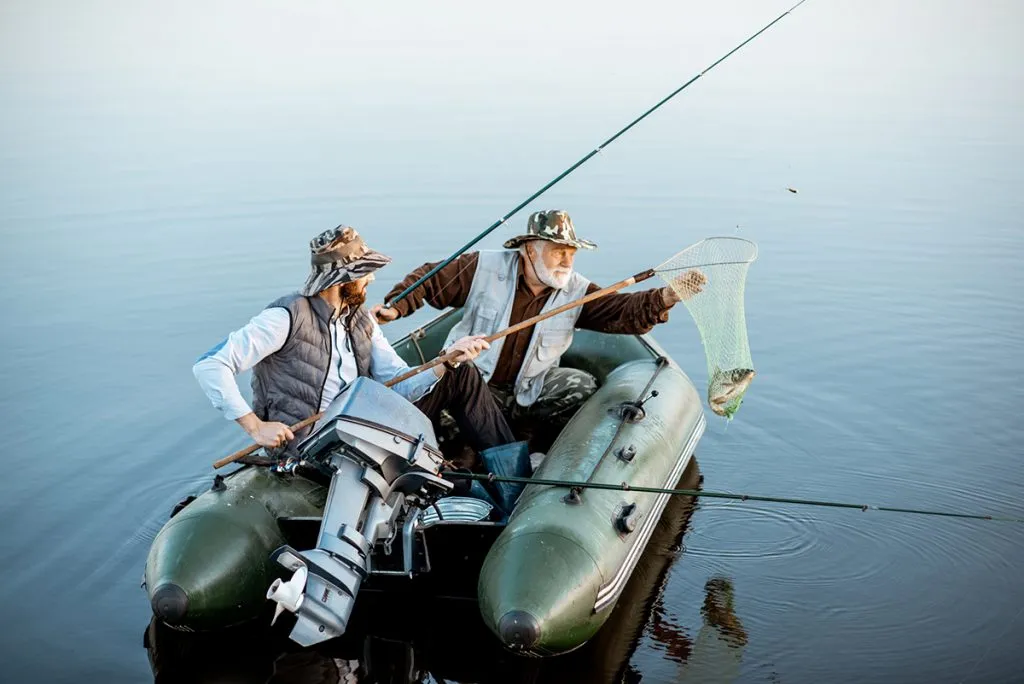
How To Safely Wear Waders on a Boat
You can do several things to ensure your safety when wearing waders on a boat, including wearing a belt, wearing the right waders, and keeping a knife with you. It would help if you also tried to get a wading staff and carry a wading whistle.
The following discusses how you can wear waders safely on a boat:
Wear a Belt
A wading belt is designed to keep the air inside your waders. It gives you extra buoyancy when you fall into the water and allows you to float. A wading belt also acts as an anchor, allowing you to keep stable in the face of water moving in different directions.
It’s best to use a wading belt made with webbed material as these offer great stability. The Simms Neoprene Wading Belt is an excellent wading belt made with nylon and Neoprene. It’s adjustable, and you can use it to carry accessories. Simms also offers a warranty and repair capabilities on the belt.
Wear Tight-Fitting Waders
Waders come in various styles and shapes, from baggy and comfortable to tighter fits made with Neoprene. Experienced boaters recommend wearing tight-fitting waders to those going onto a boat wearing waders, as tight-fitting waders are less likely to trap water if you fall overboard.
To ensure your waders are the right fit, make sure to try several sizes. You can find waders for sale at fishing and outdoor equipment stores.
It’s also helpful to test your waders by trying them out in a pool before wearing them in an open water body.
Keep a Knife on Your Wading Suit
It would help if you always kept a knife on you when fishing, wading, or engaging in a range of other water-related activities. A knife will help you cut through your waders if you fall overboard and can’t get back into the boat. It can also help you free yourself if caught in water plants or debris.
Try getting the Bahia Dive Supply Stainless Steel Knife, which is strong enough to cut through waders. It’s versatile, has three different blade types, and is bright green, allowing easy visibility.
Use a Wading Staff
A wading staff can help you keep your balance in fast-moving, shallow water. It can also help you feel for hazards underwater. If you fall overboard while wearing waders, a wading staff can be a great crunch to prevent yourself from being swept away by the current.
It would be best if you looked for collapsible wading staff so you can fix them to your wading belt. You can fix the Aventik Fold-Able wading staff to your wading belt and remove it when needed. It has an adjustable length, allowing you to use it for various purposes, including wading, climbing, and walking.
Carry a Whistle
You should also attach a whistle to your wading belt. A whistle is handy during emergencies thanks to its loud sound. It’ll help you draw attention to yourself when you fall overboard—lifeguards can swim toward the whistle in areas where there’s low visibility.
Try to find a whistle that won’t get eroded by water.
What Should You Do if You Fall Out of a Boat Wearing Waders?
Stay calm if you fall out of a boat while wearing waders. Keep your feet angled in the same direction as the flow of water. Doing so will reduce the amount of water that you absorb. Then, try to lift yourself out of the water back onto your boat.
If you have difficulty, use your wading staff and blow your whistle. If there’s no one to help and you’re still struggling, use your knife to cut away from your waders. Without the added weight, it may be easier for you to climb back onto your boat.
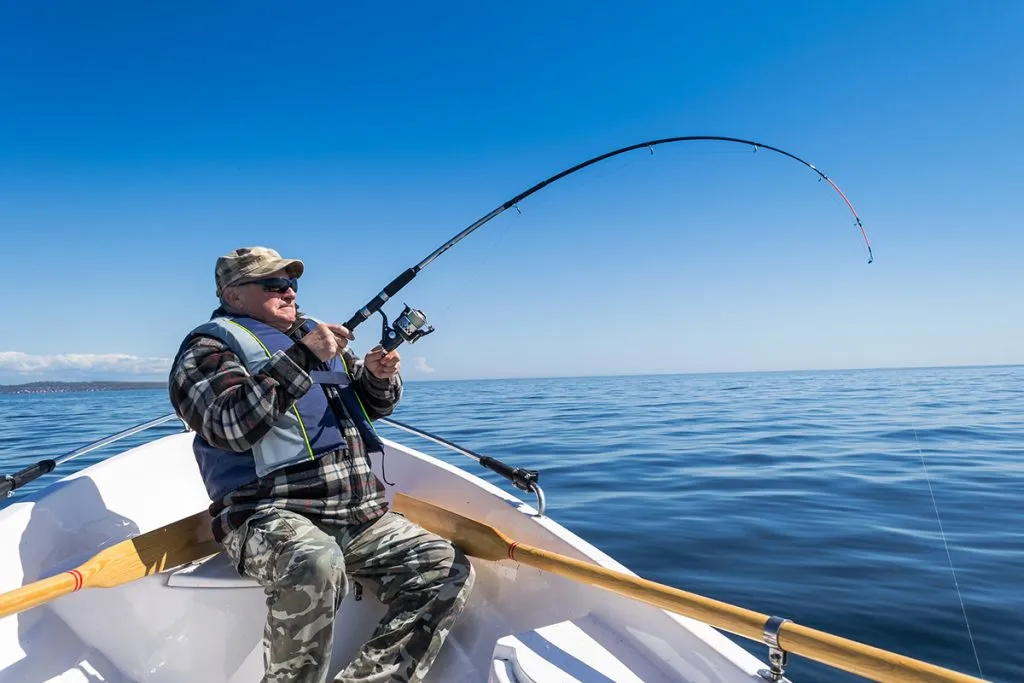
Final Thoughts
Wearing waders on a boat is safe as long as you ensure you wear a wading belt and other gear. If you fall off your boat when wearing waders, try not to panic. Instead, use your equipment strategically to help you get back on the boat.
What To Read Next:
